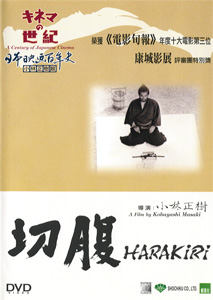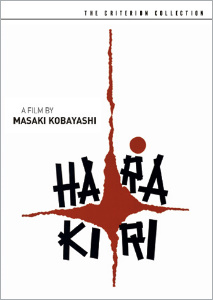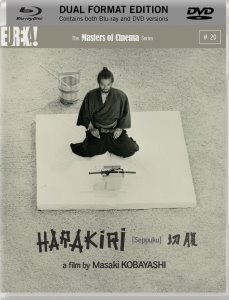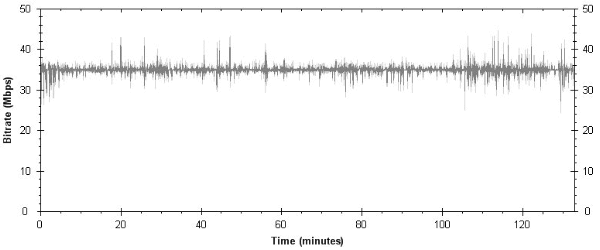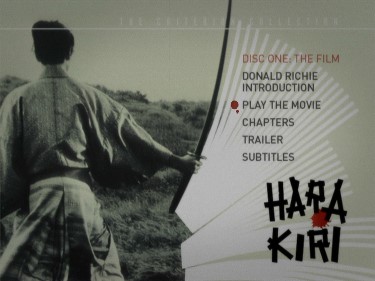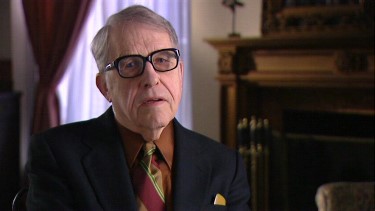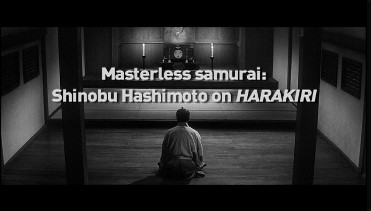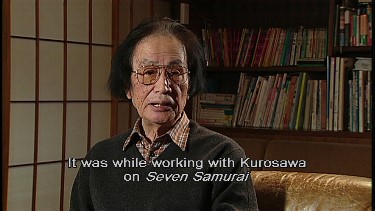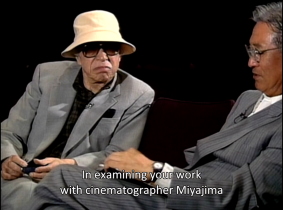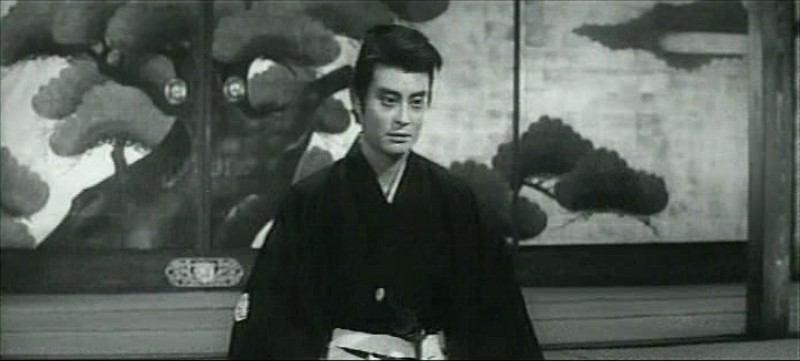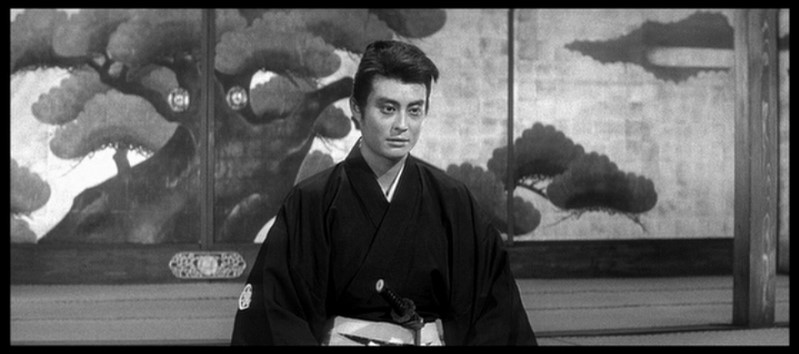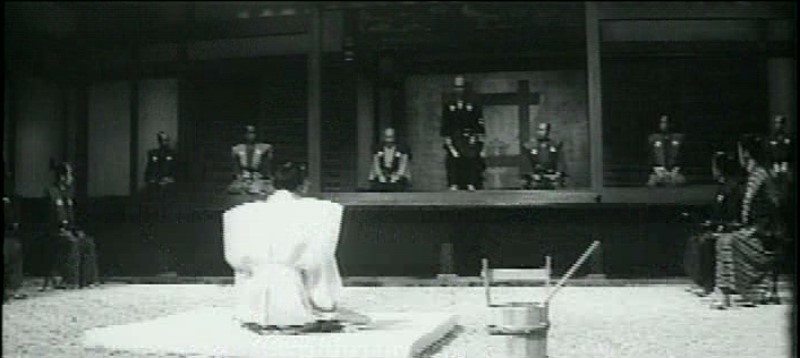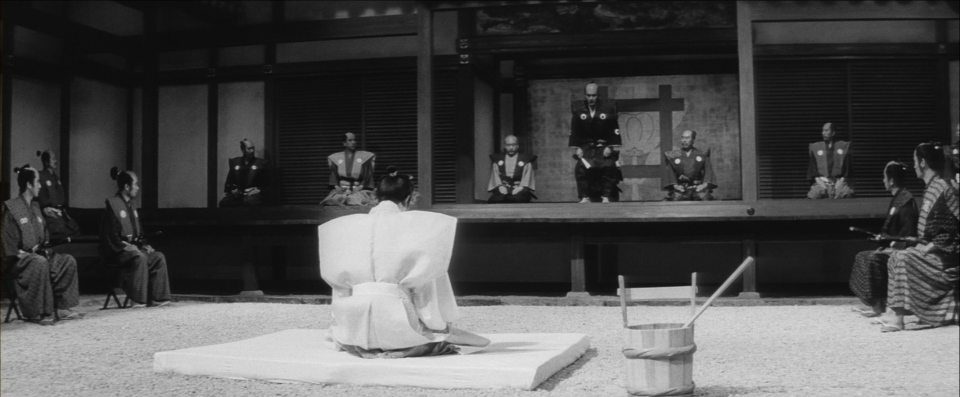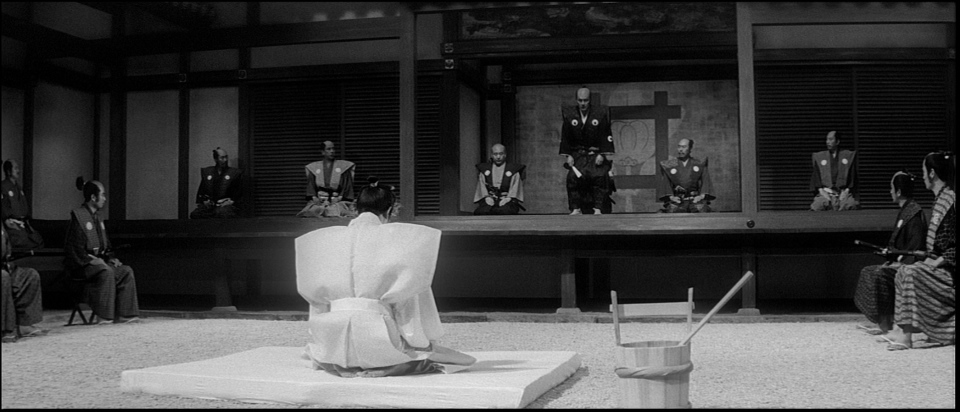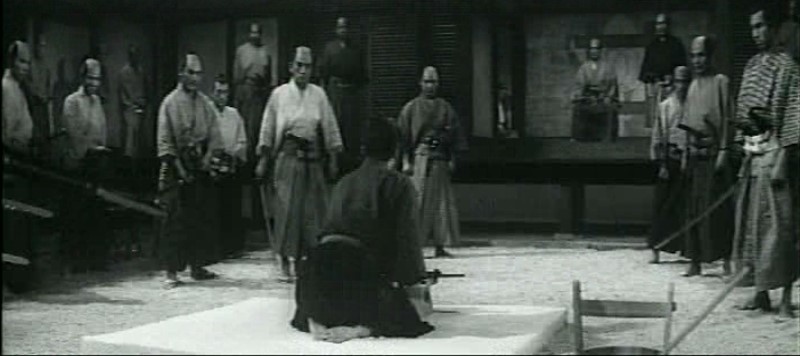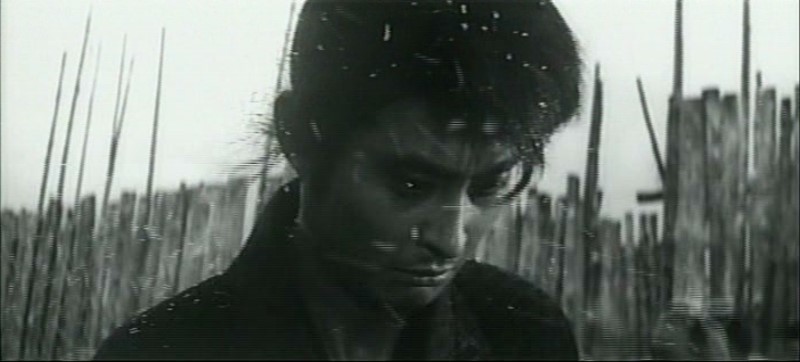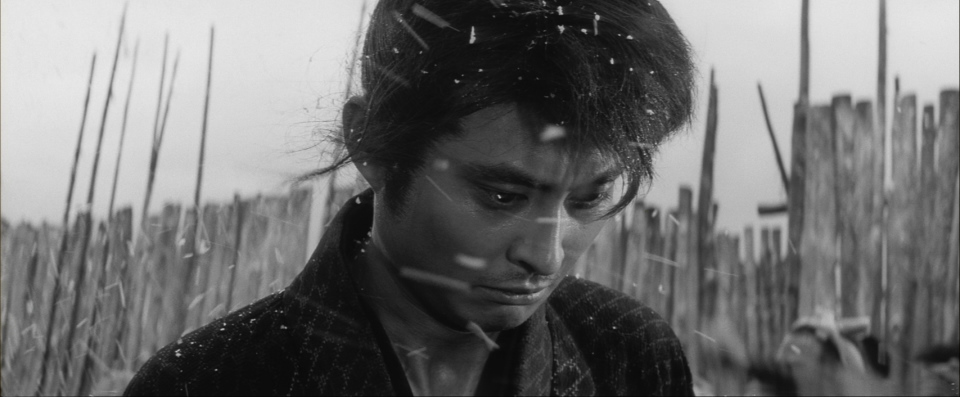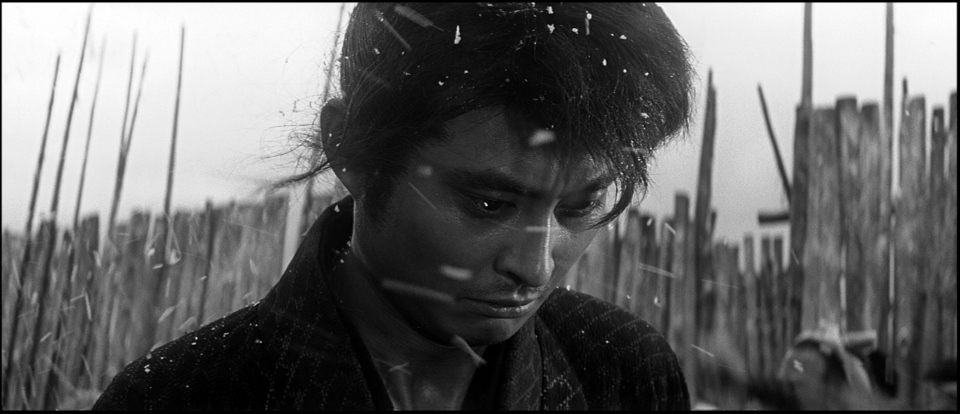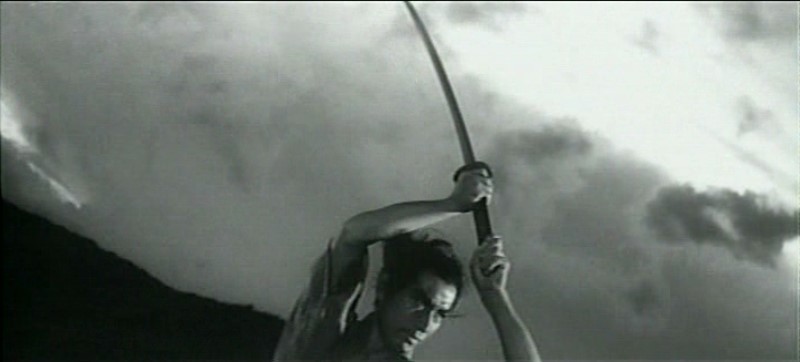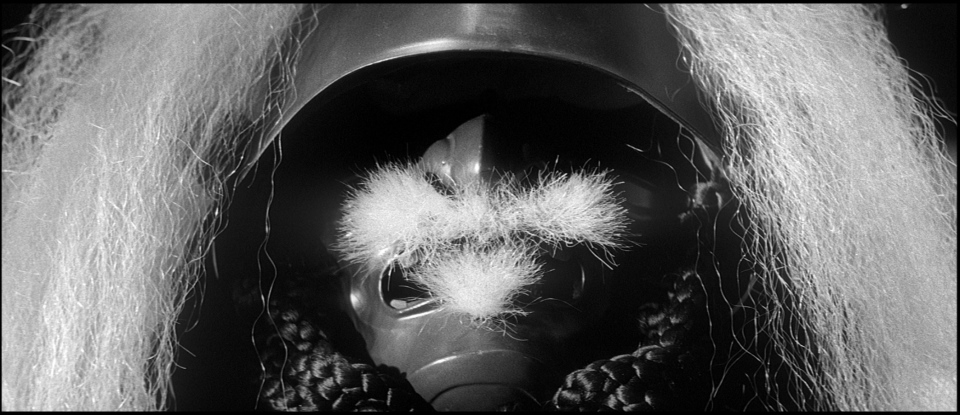|
WE NEED YOUR HELP! We have started a Patreon page with the hopes that
some of our followers would be
willing to donate to keep DVDBeaver
alive. We are a small niche, so your
generosity is vital to our
existence. |
![]()
![]()

![]()
![]()
|
Search DVDBeaver |
S E A R C H D V D B e a v e r |
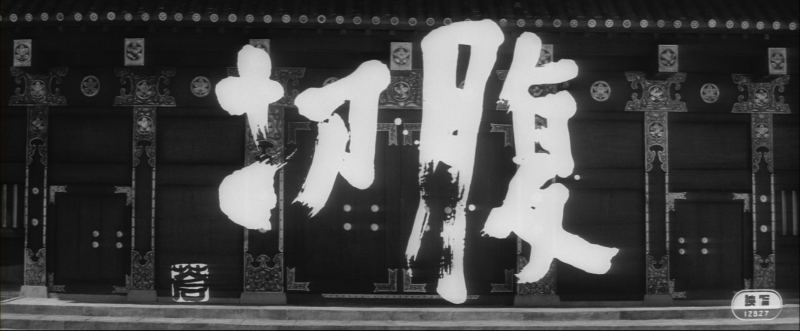
(aka "Seppuku" or "Harakiri" )
directed
by Kobayashi Masaki
Japan 1962
|
Of all
Masaki Kobayashi's attacks on the cruelty and inhumanity perpetrated by
authoritarian power (including The Human Condition and Samurai Rebellion),
perhaps none are more brilliant than his visceral, mesmerising Harakiri
[aka Seppuku]. *** Following the collapse of his clan, unemployed samurai Hanshiro Tsugumo (Tatsuya Nakadai) arrives at the manor of Lord Iyi, begging to commit ritual suicide on his property. Iyi's clansmen, believing the desperate ronin is merely angling for charity, try to force him to eviscerate himself—but they have underestimated his honor and his past. Winner of the 1963 Cannes Film Festival's Special Jury Prize, Masaki Kobayashi's Harakiri is a scathing denouncement of feudal authority and hypocrisy.
*** To begin with a short history lesson. In 1600, Tokugawa Ieyasu won the battle of Sekigahara and announced himself Shogun, thus becoming the ruler of Japan. During the Tokugawa shogunate (1600-1867), Japan was divided into 264 provinces, ruled by Daimyo (lords), who while having some freedom in making laws, were under the strict supervision of the shogunate. Equally, Japan was divided by a caste system (shi no ko sho) and basically only samurai had rights. Non samurai were forbidden by law to travel or to have family names. A samurai was a warrior employed by a daimyo. There were five classes of samurai, ranging from average foot soldier to high administrative personal, and while privileges varied, they all lived by the samurai code, which basically was to follow giri (duty to the lord) and bushido (way of the warrior). This meant, that the life of the samurai was in the hands of the daimyo. To give ones life to serve was the only way to die for a samurai. As a result of the shogunate, many samurai became unemployed and thus ronin. It is estimated that just after Sekigahara (1600), there were 2 million samurai in Japan. In 1640, there were less than 100,000. Most became farmers or merchants, but some became bandits and some went on to form gangs, which later should become the yakuza. The biggest decrease is contributed to death. The first generation samurai under Tokugawa were fighting men, who really did nothing else than kill and go to war. To live in peace was painful and frustrating for them. They would begin to duel and within few years there were so many duels out of boredom, that duels were forbidden by law. That samurai were bored, is perhaps best seen by kirisutogomen, a decree that allowed any samurai to kill any person from a lower caste, if that person offended him. The life for a ronin was even more frustrating, as he had no rights and was stripped from his name. Thus many ronin would seek temporary employment at a daimyo, thereby becoming samurai, in order to commit seppuku. Some daimyo were so taken by this sense of duty, that they would employ them for real, which again lead to many ronin trying to con daimyo into employing them by asking for permission to commit seppuku in their service. The latter is part of the motifs in "Hara Kiri" and is directly noted upon by comparing ronin as "ants coming to the land of sugar." Seppuku is ritual suicide, where the samurai would cut his stomach and then be beheaded. Hara Kiri, the reverse reading of Seppuku, is stomach cut and has no ritual. Hara Kiri lacks code, as you can commit hara kiri anywhere anytime, but seppuku is a strict ritual with several stages and at least two people involved. Hara Kiri is thus nothing else than to die by your own hands. However one should not read the reverse meaning into the text, as “Hara Kiri” is the American title, which the distributors gave the film, as they feared people would not know what “Seppuku” was. This is the basis of “Hara Kiri” by Kobayashi. An aging ronin, Tsugumo, seeks permission to commit seppuku from the Lyi daimyo. It is granted and before committing it, he asks permission to tell a story, by which we learn what lead him to take this action. Tsugumo does not intend to commit seppuku, but instead seeks revenge, as the Lyi daimyo dishonoured Tsugumo’s son, by forcing him to commit seppuku with unshaped bamboo swords. After having revealed the hair knots of the daimyo’s three sword masters, who were to be kaishakunin (those who behead), Tsugumo continues to slaughter everyone in his way, until finally being shot. The note in the book says, that nothing out of the ordinary happened that day. “Hara Kiri” is the first of two Samurai film, the other being “Samurai Rebellion”, in which Kobayashi would launch a full frontal attack on the samurai code. Written by Hishimoto Shinobu, the regular writer of Kurosawa and perhaps the best screenwriter in Japanese film history, based on a novel by Takiguchi Yasuhiko, Kobayashi lines out his critic of the Samurai code, its hypocrisy, the thoughtlessness and how powerless the individual is against the daimyo’s control of its own history. Taking place in the wake of peace following Sekigahara and the establishment of the shogunate, 1630, Tsugumo is a first generation samurai. He grew by the sword and notes upon the poor swordsmanship of the swords masters with, “Swordsmanship untested in battle is like swimming on land”, humiliating both them and their daimyo by having cut their hair knot (the very soul of a samurai) of while fighting. By the actions of Tsugumo, the second generation samurai are depicted as men claiming to live by a code, they are unable to back up, which reflects upon the entire system, which only exists to govern blindly by repressing others. The visual style of Kobayashi is stunning. A master of long focal compositions, his mise-en-scene are carefully arranged in terms of space and layers. Note the use of present lines and shadow to divide the frame into layers, each with its own importance. Equally impressive are his fight sequences, where he alters extreme long shots with close up. “Hara Kiri” hints towards Kobayashi’s flirtation with avant garde techniques, but only hints by the use of a sudden zoom or pan. The development of style will continue in “Kwaidan”, until finally with “Rebellion” reaching a point, where he arranges compositions with geometrical precision and at the same time uses avant garde editing techniques. Another important element of “Hara Kiri” is Nakadai Tatsuya, who is to Kobayashi, what Mifune was to Kurosawa, and was along with Mifune the only leading man who had international star appeal. Nakadai was cast randomly by Kobayashi, who in turn became so impressed, that he gave him the lead playing Kaji in “Human Condition”, arguable Kobayashi’s most important film. He also appeared in both “Yojimbo” and “Sanjuro”, before becoming the main actor for Kurosawa in both “Kagemusha” and “Ran”. Alongside Mifune, Nakadai is the greatest Japanese actor ever. To the samurai film, he is the key actor, as he not only acts in both “Hara Kiri” and “Rebellion”, but also in the three other seminal samurai film, “Sword of Doom”, “Tenchu” and “The Ambitious”. His style is very different from Mifune, more subtle, more internal. Considered to be one of the three central samurai film, along with “Shichinin no Samurai” and “Samurai Rebellion”, “Hara Kiri” is a masterpiece and required viewing. |
Posters
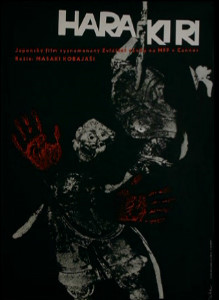 |
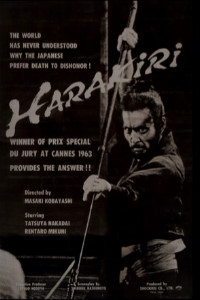 |
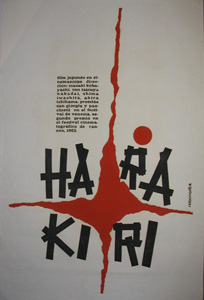 |
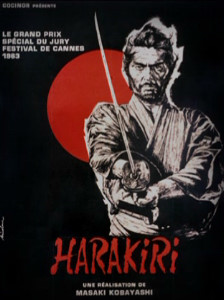 |
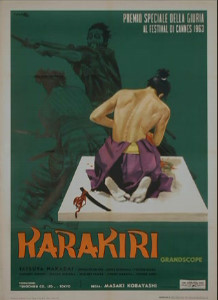 |
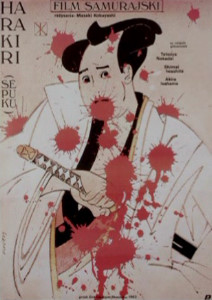 |
Theatrical Release: September 16, 1962 (Tokyo)
Reviews More Reviews DVD Reviews
Comparison:
|
Panorama - Region 3 - NTSC vs. Criterion (2-disc) - Region 1 - NTSC vs. Masters of Cinema - Region 'B' - Blu-ray vs. Criterion - Region 'A' - Blu-ray |
|
1) Panorama - Region 3 - NTSC LEFT 2) Criterion - Region 1 - NTSC - SECOND 3) Masters of Cinema - Region 'B' - Blu-ray THIRD 4) Criterion - Region 'A' - Blu-ray RIGHT |
| Box Covers |
Thinking of buying from YesAsia? CLICK HERE and use THIS UPDATED BEAVER PAGE to source their very best... |
|
|
|
| Distribution |
Panorama Region 3 - NTSC |
Criterion
Collection - Spine # 302 Region 1 - NTSC |
Masters
of Cinema - Spine # 20 Region 'B' - Blu-ray |
Criterion - Spine # 302 Region 'A' - Blu-ray |
| Runtime | 2:12:29 | 2:12:40 | 2:12:50.629 | 2:13:01.556 |
| Video |
2.35:1
Original Aspect Ratio Average Bitrate: 4.26 mb/s NTSC 704x480 29.97 f/s |
2.31:1
Original Aspect Ratio Average Bitrate: XXX mb/s NTSC 704x480 29.97 f/s |
1080P Dual-layered Blu-ray Disc Size: 39,923,209,233 bytesFeature: 37,373,638,656 bytes Codec: MPEG-4 AVC Video Total Video Bitrate: 34.99 Mbps |
1080P Dual-layered Blu-ray Disc Size: 47,333,123,886 bytesFeature: 38,996,385,792 bytes Codec: MPEG-4 AVC Video Total Video Bitrate: 34.99 Mbps |
|
NOTE: The Vertical axis represents the bits transferred per second. The Horizontal is the time in minutes. |
||||
| Bitrate:
Panorama
|
|
|||
| Bitrate:
Criterion |
|
|||
| Bitrate:
Masters of Cinema Blu-ray |
|
|||
| Bitrate:
Criterion Blu-ray |
|
|||
| Audio | Japanese (Dolby Digital 2.0 Dolby) |
Japanese (Dolby Digital 2.0 Dolby) |
DTS-HD Master Audio Japanese 716 kbps 2.0 / 48 kHz / 716 kbps / 16-bit (DTS Core: 2.0 / 48 kHz / 512 kbps / 16-bit) | LPCM Audio Japanese 1152 kbps 1.0 / 48 kHz / 1152 kbps / 24-bit |
| Subtitles | Cantonese, English, None | English and none | English and none | English and none |
| Features |
Release Information: Aspect Ratio:
Edition Details: Chapters 12
|
Release Information:
Edition Details:
• New video interviews with
legendary star Tatsuya Nakadai and acclaimed screenwriter Shinobu
Hashimoto
• Featurette: "Masterless Samurai
Shinobu
Hashimoto on Harakiri" |
Release Information: Disc Size: 39,923,209,233 bytesFeature: 37,373,638,656 bytes Codec: MPEG-4 AVC Video Total Video Bitrate: 34.99 Mbps
Edition Details:
• Excerpt from a 1993 Directors
Guild of Japan interview with Masaki Kobayashi discussing the film with
director Masahiro Shinoda (9:07) • An illustrated 28-page booklet featuring a new essay by film critic Philip Kemp, a 1963 interview with Kobayashi, and rare archival production stills
DVD of the Feature
|
Release Information: 1080P Dual-layered Blu-ray Disc Size: 47,333,123,886 bytesFeature: 38,996,385,792 bytes Codec: MPEG-4 AVC Video Total Video Bitrate: 34.99 Mbps
Edition Details:
• New video interviews with
legendary star Tatsuya Nakadai and acclaimed screenwriter Shinobu
Hashimoto
• Featurette: "Masterless Samurai
Shinobu
Hashimoto on Harakiri" Chapters: 27 |
|
Comments |
NOTE:
The below
Blu-ray
captures were taken directly from the
Blu-ray
disc.
ADDITION:
Criterion - Region 'A' -
Blu-ray -
September 11':
Criterion stay faithful with a linear PCM mono track in uncompressed. My crusty ears couldn't state with any certainty which lossless track was superior but there were slight differences - with the Criterion sounding slightly more robust in some areas. I don't consider it a bog e factor though and both offer optional English subtitles Criterion take a strep ahead with the extras which duplicate the 2005 DVD (Donald Richie, the interviews and the "Masterless Samurai Shinobu Hashimoto on Harakiri" featurette plus the liner notes booklet with essay by celebrated film scholar Joan Mellen and a reprint of her 1972 interview with Kobayashi) - only the video is now in HD.
I won't denounce either
Blu-ray
package although am still surprised by
the cropping. Depending on your region we endorse both
releases.
***
Audio MoC have gone with a DTS-HD in original Japanese via a 2.0 channel track at 716 kbps. I noted no major flaws and trust this is the best representation to date. I will compare with forthcoming Criterion audio which will undoubtedly utilize a linear PCM track. The Masters of Cinema have included optional English subtitles in an occasionally different translation that imparts the intended meaning. The Blu-ray disc is coded for region 'B'. MoC have a 9-minute excerpt from a 1993 Directors Guild of Japan interview with Masaki Kobayashi discussing the film with director Masahiro Shinoda as found on the Criterion, plus an original theatrical trailer - running 3-mionutes in rough shape and an illustrated 28-page booklet featuring a new essay by film critic Philip Kemp, a 1963 interview with Kobayashi, and rare archival production stills. Being a 'Dual Format' release MoC have included a DVD (dual-layered) of the Feature, with the same supplements, in the package. Harakiri is a seething Japanese period drama that seems a must-own for region 'B'ers who are into Japanese cinema to pick-up. Another great release from the gang at the Masters of Cinema. Absolutely recommended!
***
ON THE DVDs: Thankfully in this case the screen captures can tell the whole story and I don't need to add much. The Criterion looks very good (as we expected) easily showing the weakness of the Panorama DVD, which was okay for a stop-gap approach, but the 'real thing' has surfaced from Criterion. Great subtitles - stacked with valuable extras, typically great shadow detail, my only complaints are some contrast flickering that appears mostly in the beginning of the film and the Criterion has a thick border around it prohibiting full horizontal resolution. Inconsistent cropping on the side edges seen in both releases, mostly on the left edge of the Criterion, so one probably had some movement in the transfer. This (Criterion) is a beautifully sharp image with a hint of film grain. They really went to town with the extras. Another strong recommendation for a Criterion product. |
DVD Menus
(Panorama - Region 3 - NTSC
LEFT vs. Criterion - Region 1 - NTSC - RIGHT)
|
|
|
|
|
|
|
|
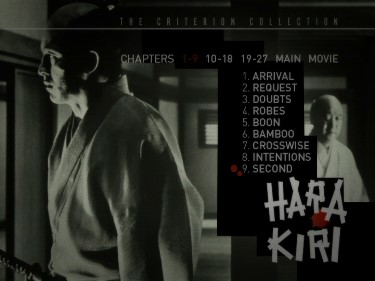 |
|
|
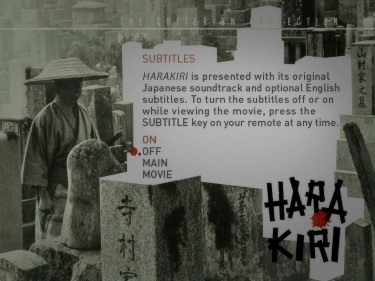 |
DVD Menus (Disc 2 of Criterion)
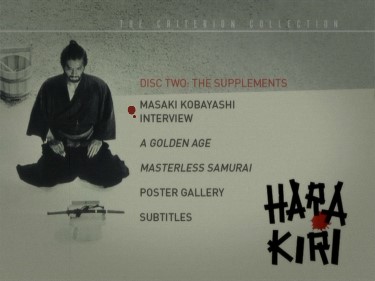 |
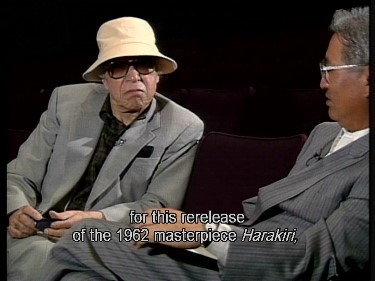 |
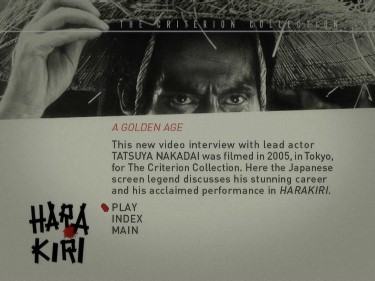 |
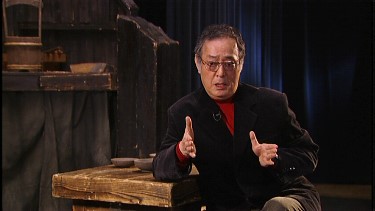 |
|
|
|
Masters of Cinema - Region 'B' - Blu-ray
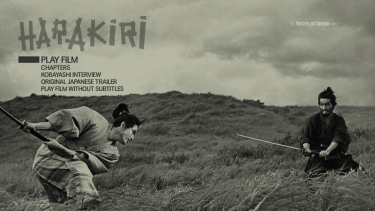 |
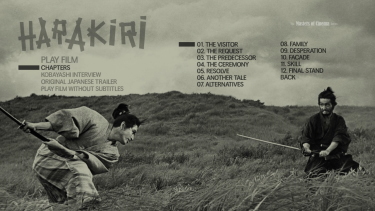 |
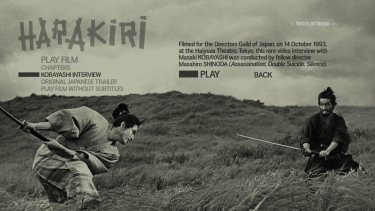 |
|
Criterion - Region 'A' - Blu-ray
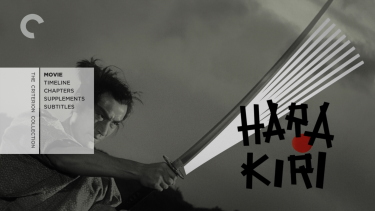 |
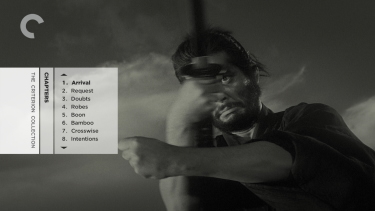 |
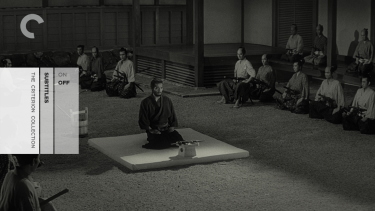 |
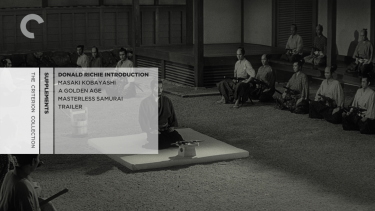 |
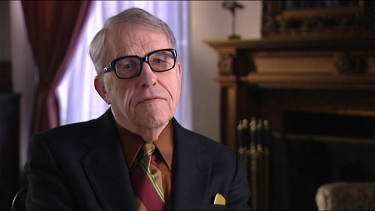 |
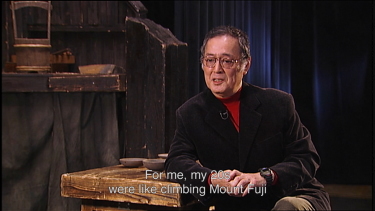 |
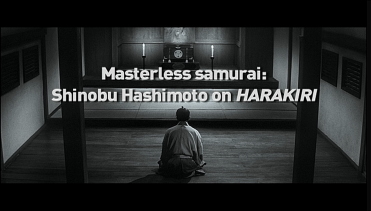 |
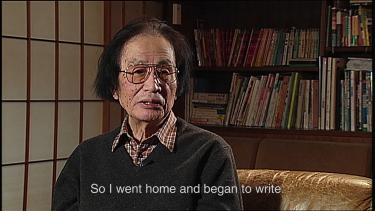 |
CLICK EACH BLU-RAY CAPTURE TO SEE ALL IMAGES IN FULL 1920X1080 RESOLUTION
Subtitle Sample
|
1) Panorama - Region 3 - NTSC TOP 2) Criterion - Region 1 - NTSC - SECOND 3) Masters of Cinema - Region 'B' - Blu-ray THIRD 4) Criterion - Region 'A' - Blu-ray BOTTOM |
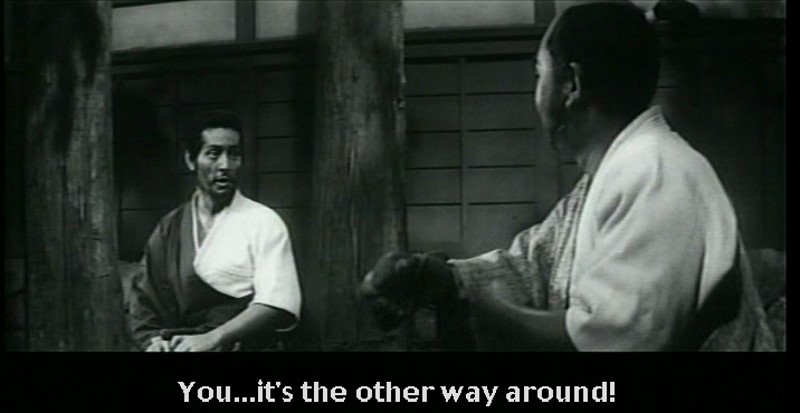 |
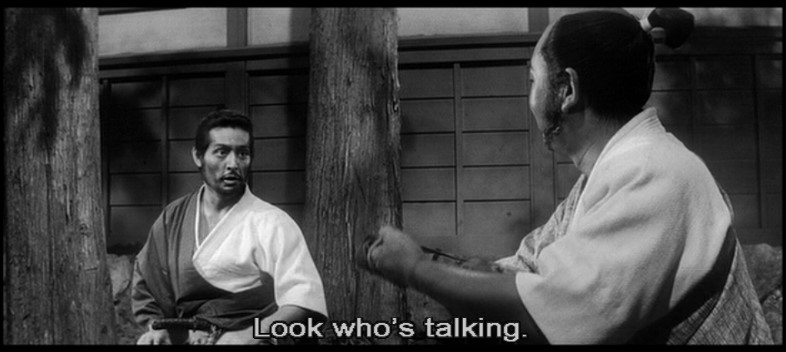 |
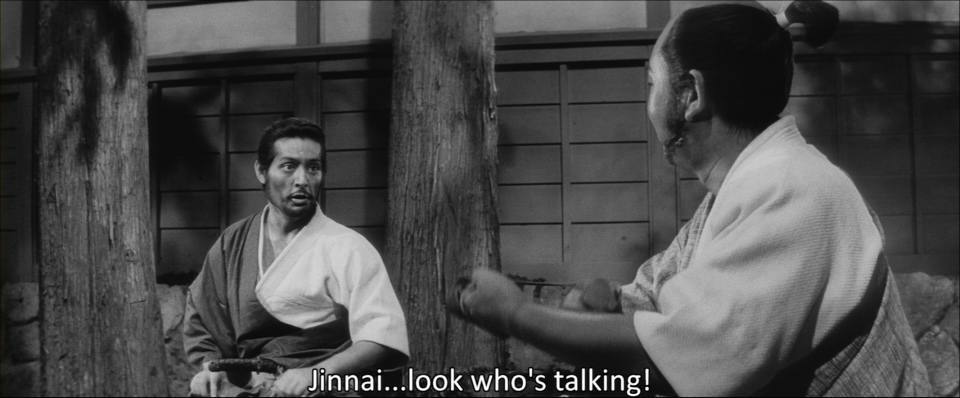 |
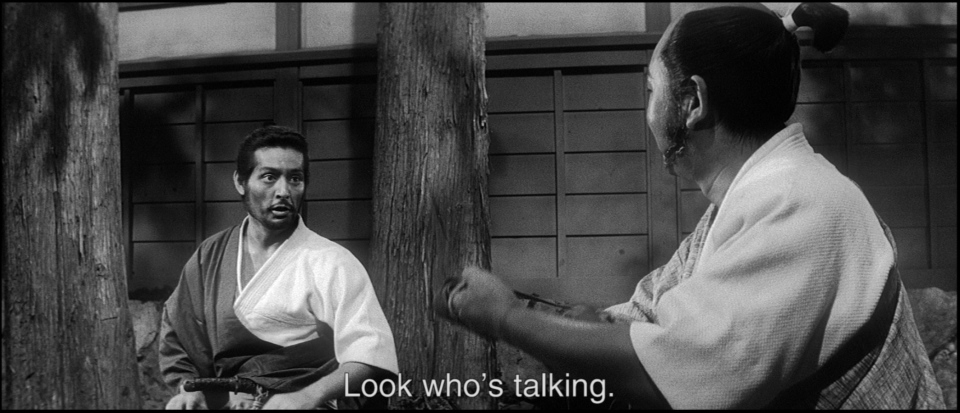 |
Screen Captures
|
1) Panorama - Region 3 - NTSC TOP 2) Criterion - Region 1 - NTSC - SECOND 3) Masters of Cinema - Region 'B' - Blu-ray THIRD 4) Criterion - Region 'A' - Blu-ray BOTTOM |
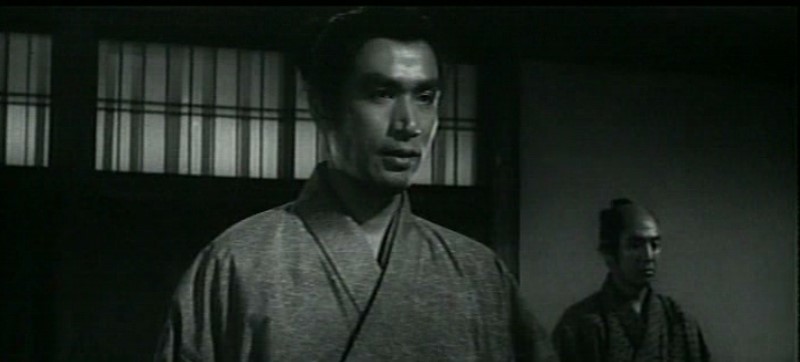 |
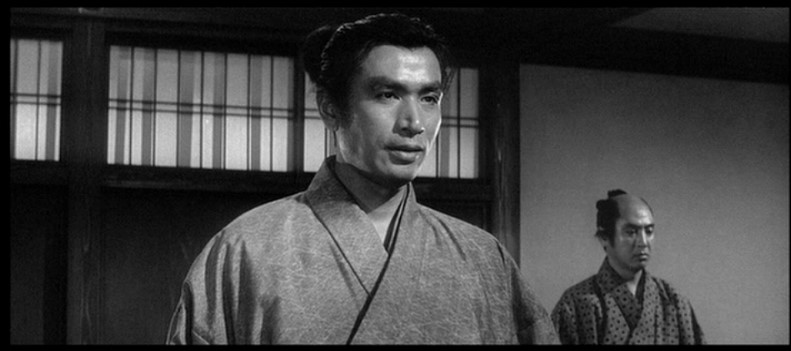 |
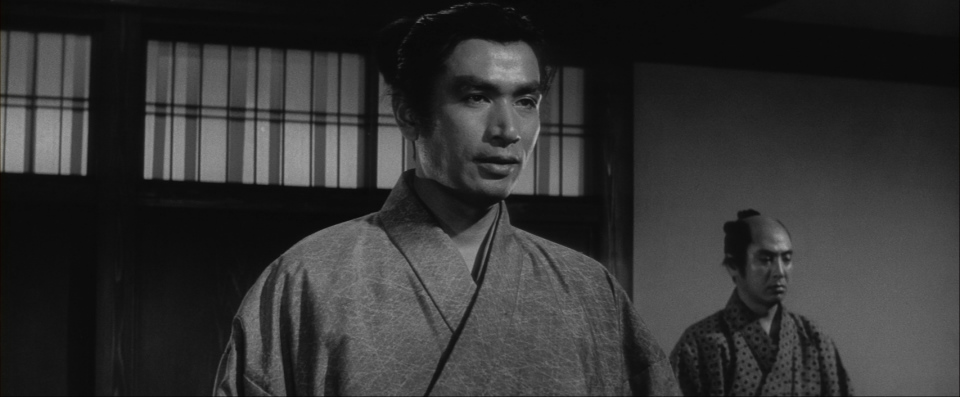 |
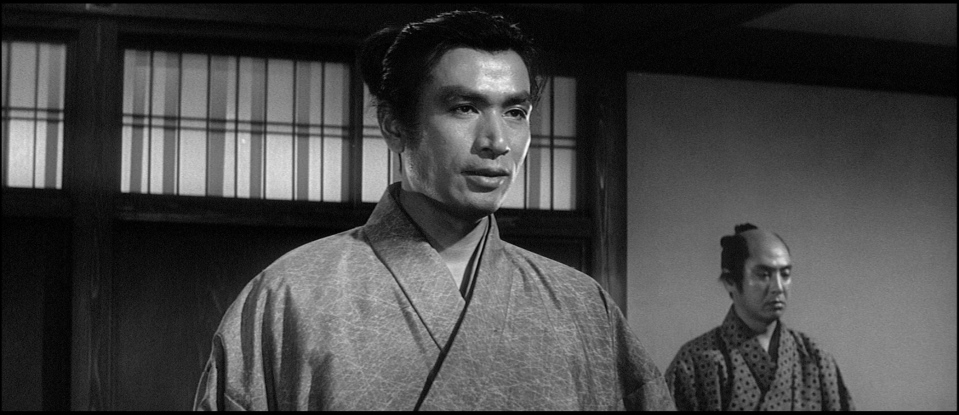 |
|
1) Panorama - Region 3 - NTSC TOP 2) Criterion - Region 1 - NTSC - SECOND 3) Masters of Cinema - Region 'B' - Blu-ray THIRD 4) Criterion - Region 'A' - Blu-ray BOTTOM |
|
|
|
|
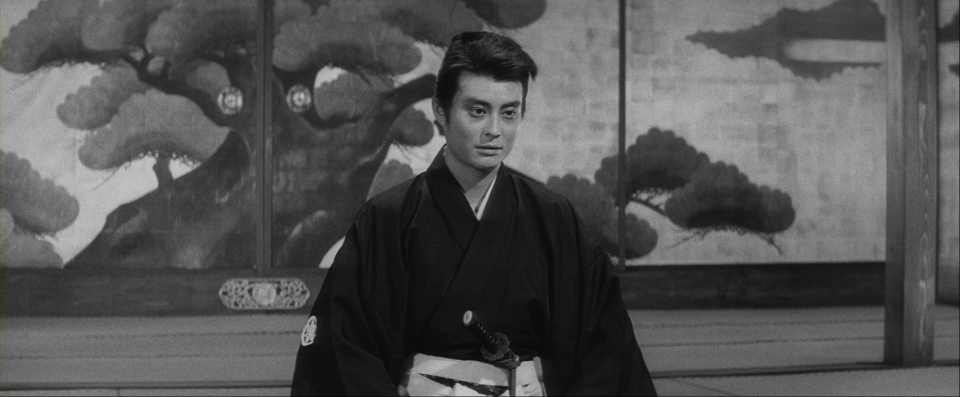 |
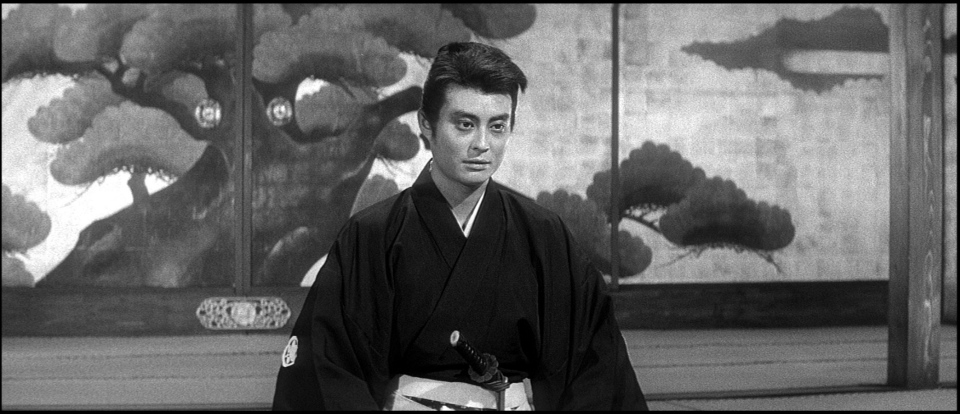 |
|
1) Panorama - Region 3 - NTSC TOP 2) Criterion - Region 1 - NTSC - SECOND 3) Masters of Cinema - Region 'B' - Blu-ray THIRD 4) Criterion - Region 'A' - Blu-ray BOTTOM |
|
|
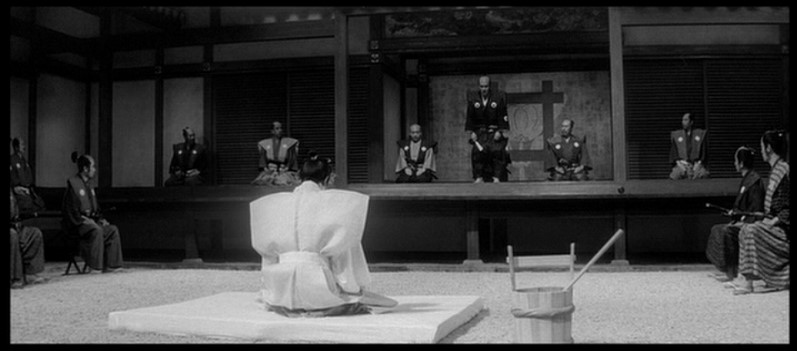 |
|
|
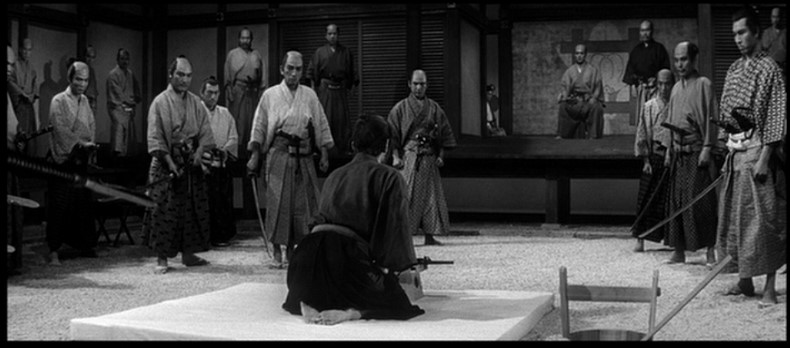 |
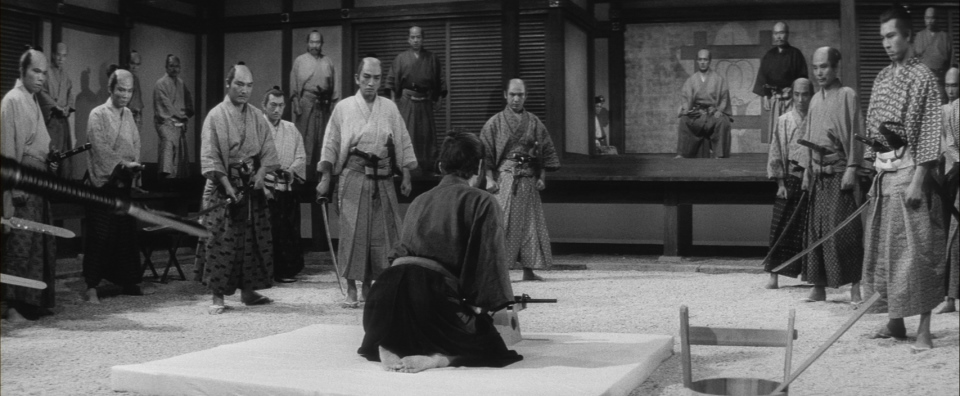 |
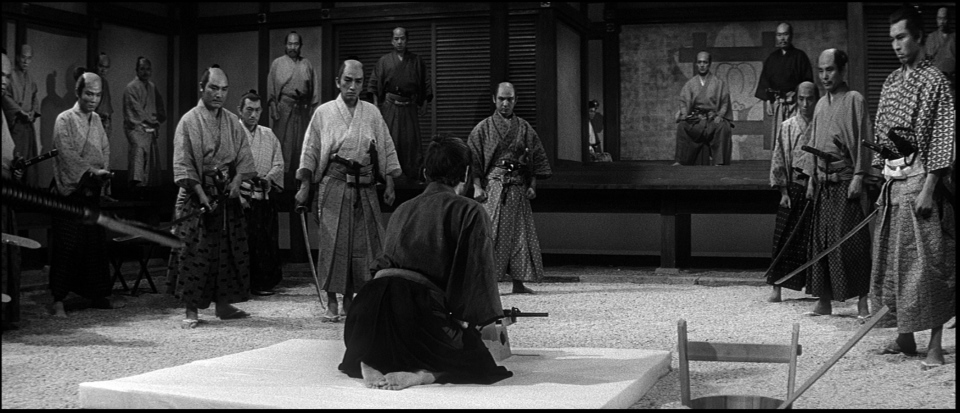 |
|
1) Panorama - Region 3 - NTSC TOP 2) Criterion - Region 1 - NTSC - SECOND 3) Masters of Cinema - Region 'B' - Blu-ray THIRD 4) Criterion - Region 'A' - Blu-ray BOTTOM |
Combing evident in Panorama disc...
|
|
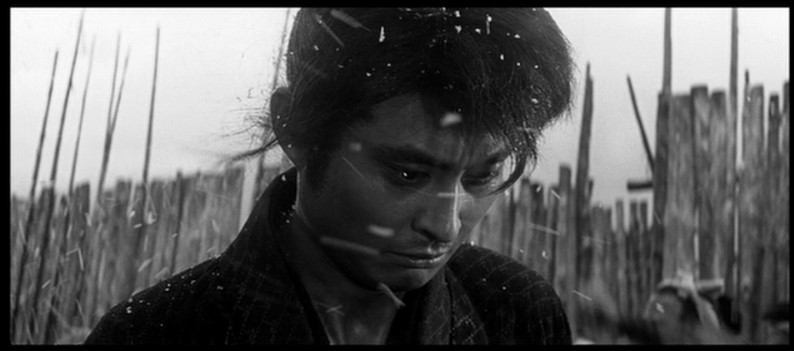 |
|
|
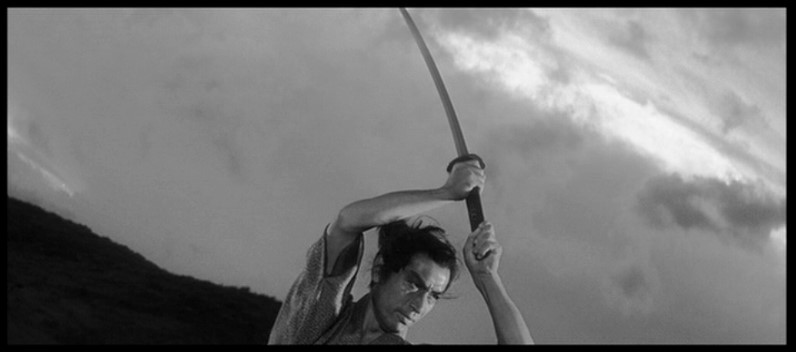 |
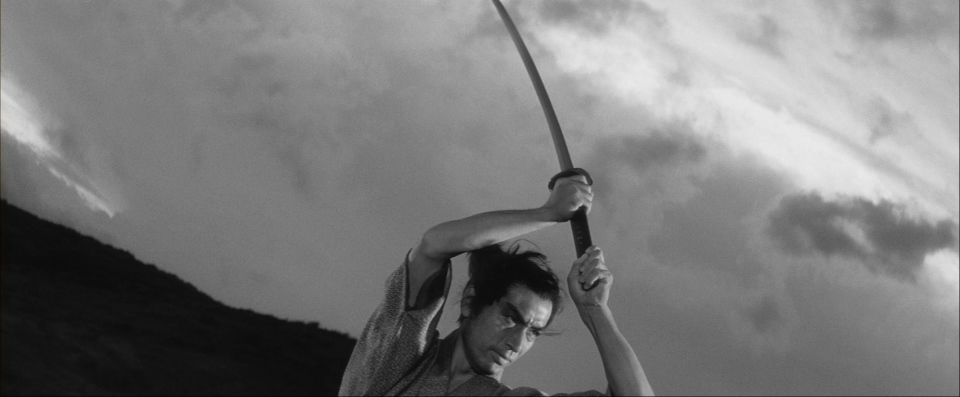 |
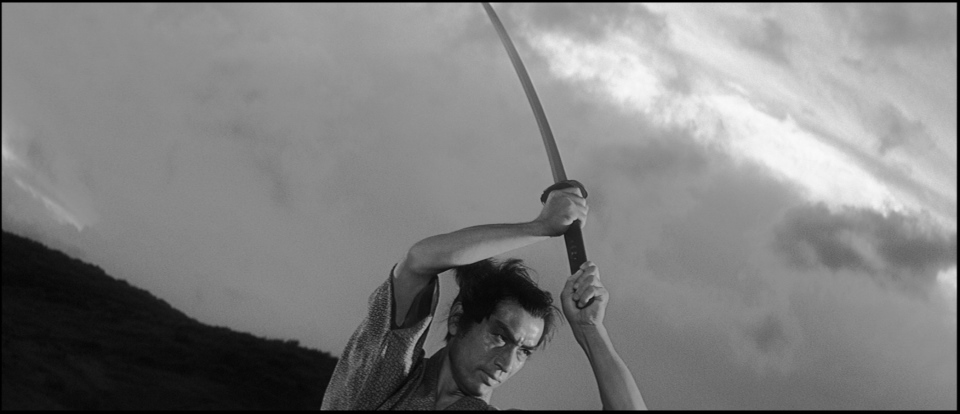 |
More Blu-ray Captures
|
1) Masters of Cinema - Region 'B' - Blu-ray TOP 2) Criterion - Region 'A' - Blu-ray BOTTOM |
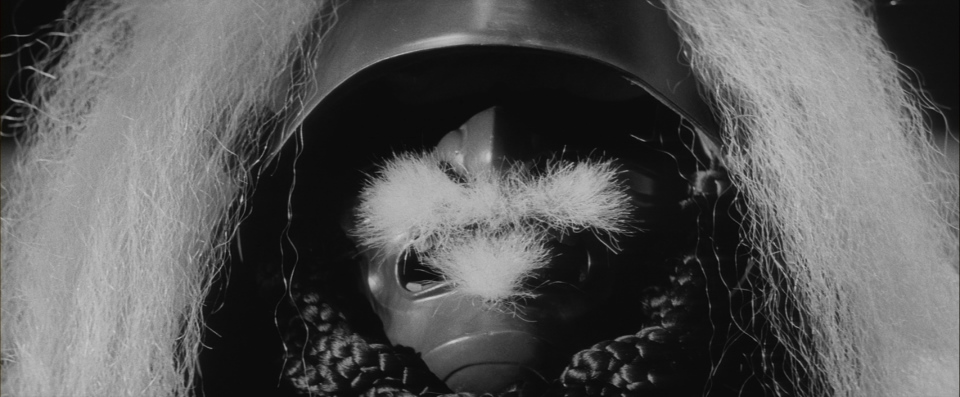 |
|
1) Masters of Cinema - Region 'B' - Blu-ray TOP 2) Criterion - Region 'A' - Blu-ray BOTTOM |
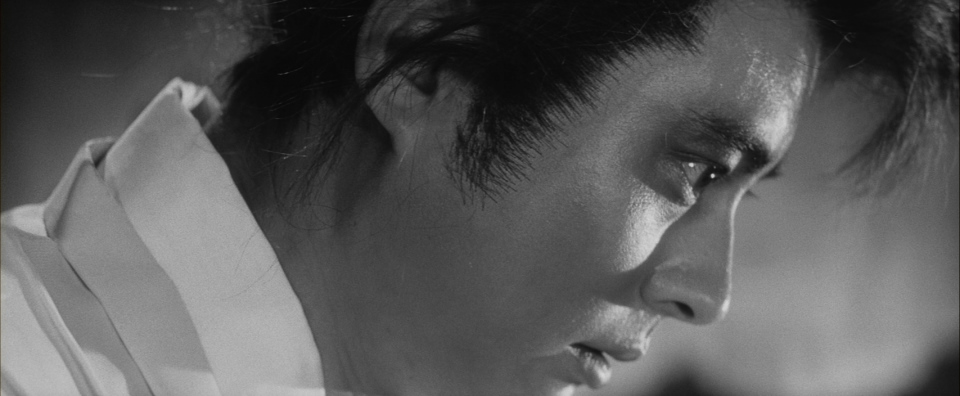 |
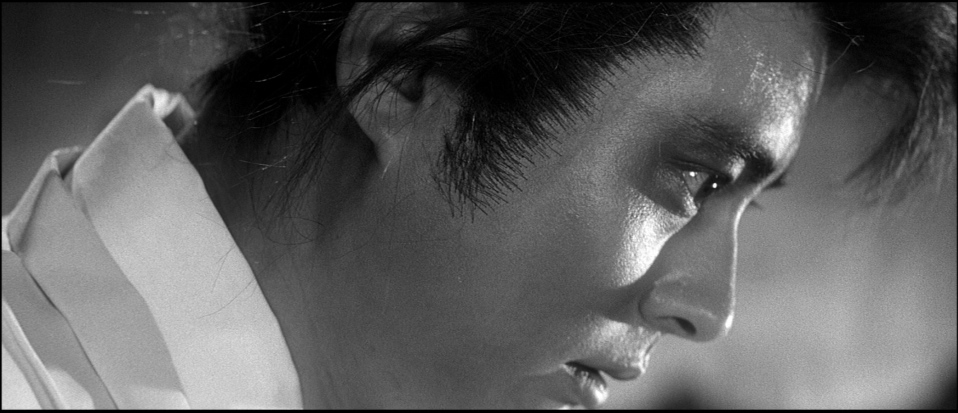 |
|
1) Masters of Cinema - Region 'B' - Blu-ray TOP 2) Criterion - Region 'A' - Blu-ray BOTTOM
|
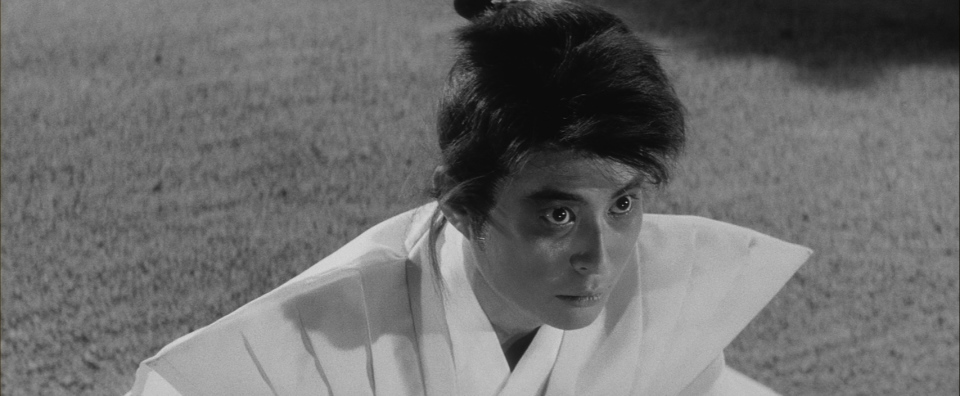 |
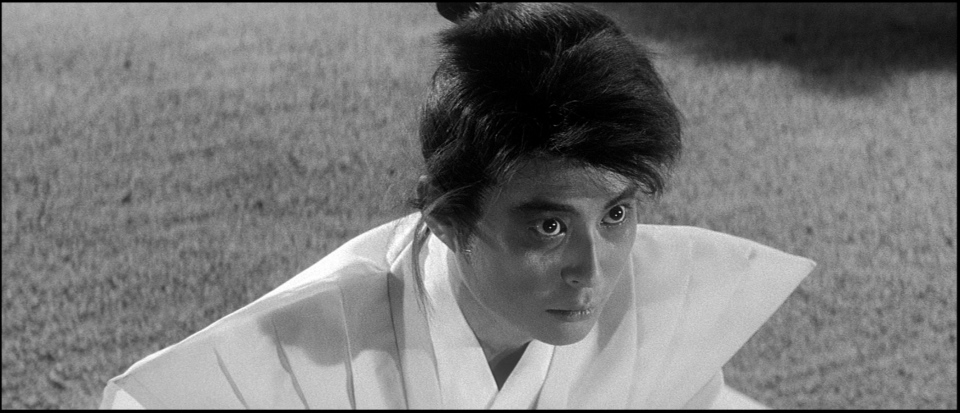 |
|
1) Masters of Cinema - Region 'B' - Blu-ray TOP 2) Criterion - Region 'A' - Blu-ray BOTTOM
|
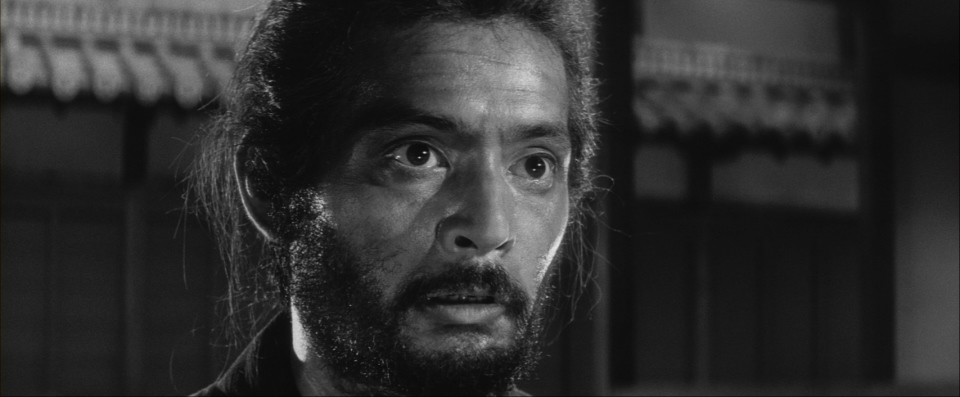 |
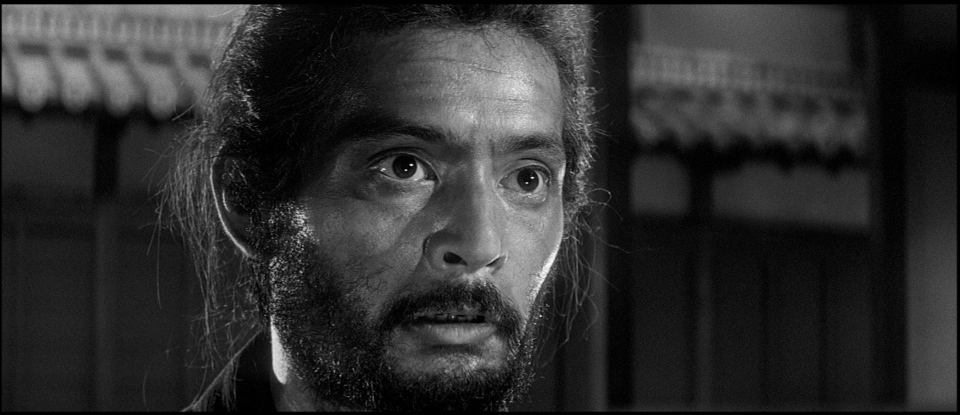 |
|
1) Masters of Cinema - Region 'B' - Blu-ray TOP 2) Criterion - Region 'A' - Blu-ray BOTTOM
|
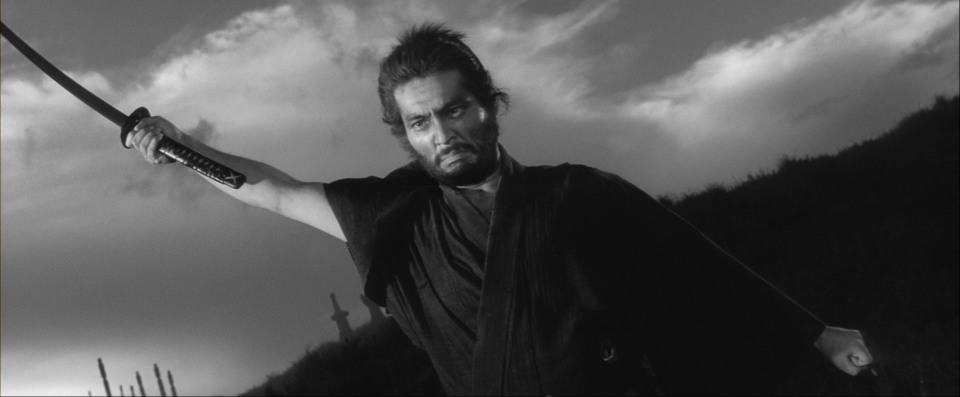 |
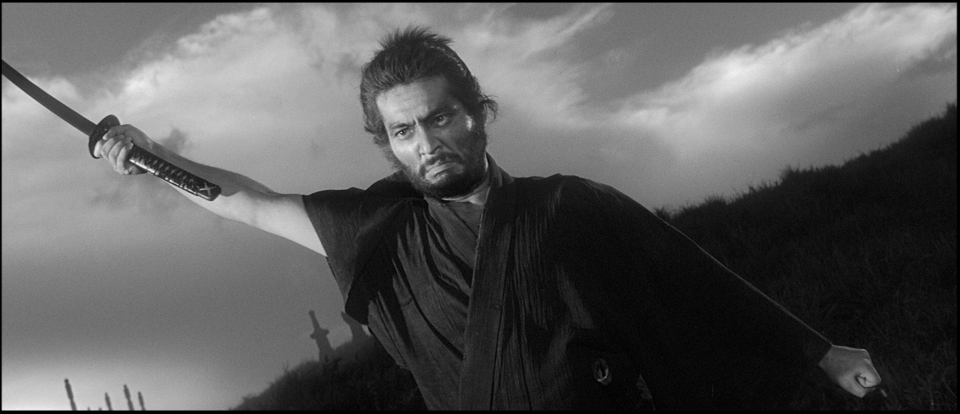 |
Report Card:
|
Image: |
Blu-rays |
|
Sound: |
Blu-rays |
|
Extras: |
Criterion Blu-ray |
| DVD Box Covers |
Thinking of buying from YesAsia? CLICK HERE and use THIS UPDATED BEAVER PAGE to source their very best... |
|
|
|
| Distribution |
Panorama Region 3 - NTSC |
Criterion
Collection - Spine # 302 Region 1 - NTSC |
Masters
of Cinema - Spine # 20 Region 'B' - Blu-ray |
Criterion - Spine # 302 Region 'A' - Blu-ray |


